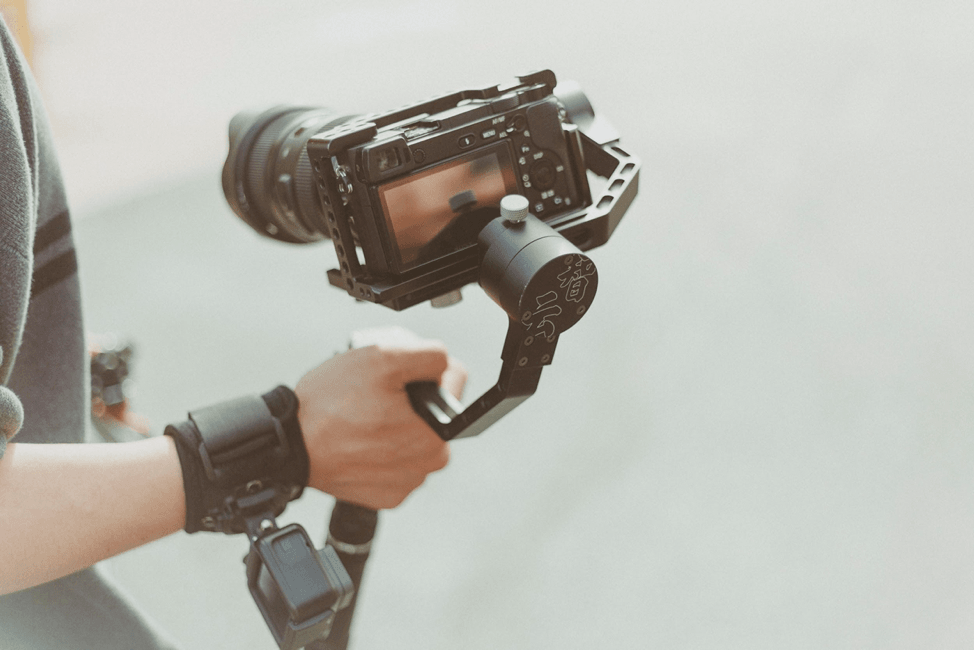Complications Associated with Legal Videography

In today’s world, we are surrounded by videos. We watch them on our computers, smartphones, and televisions. We share them with friends and family, like them on Facebook, and even watch them over and over again for entertainment purposes.
Some of these videos are created for legal purposes, such as documenting an accident or crime scene. These types of videos are known as “legal videography.” Legal videography is a very important field that requires a lot of skill. You need to be able to properly capture what is needed in order to provide evidence for court cases.
This article discusses some complications that can arise with legal videography and how to avoid said complications. Keep reading to know more.
1. Ensuring Proper Video Calibration
You might think that video calibration is a minor problem, but it can have huge ramifications for your case. If your video isn’t calibrated correctly, it could lead to blurry footage, which means that the person watching it won’t be able to make out any details.
So a judge or jury member cannot properly identify the people or events in question, making it easier for your claims to be overruled.
Proper video calibration involves adjusting your camera’s settings so that it will produce clear images and sound, even under challenging conditions such as low light or extreme weather. You want to provide them with the clearest picture possible so they can make an informed decision about what happened at the scene of the alleged crime.
2. Good Focus
In order for video footage to be used as evidence, it must have good focus and capture relevant details of what happened. A blurry shot or one that does not show enough detail will make it difficult for a judge or jury to determine what occurred during an incident.
Poor focus can lead to an inaccurate representation of what happened during a specific event. A poorly focused video can be dismissed as not good enough proof of your claims. So when you shoot, ensure that you take a quick second to ensure that your recording is clear and focused on the subject.
3. Dealing with Shaky & Handheld Videos
Handheld videos can be challenging to shoot, but it’s essential that you get them right if you want your clients to be happy with their final product. If you’re shooting in low-light conditions, which is often the case, a tripod will help stabilize your camera so you can avoid shaky footage.
You should also try to keep your shots as close as possible and at eye level. This will allow your viewer to see exactly what’s happening in the video without straining too much. A good video is the first step toward a properly executed case.
4. Proper Editing and Formatting
You want your video to be formatted in a way that it makes sense and flows properly. Ensure that there are no irrelevant gaps between shots or unnecessary background chatter. A well-edited video can be easier for the judge and jury to observe than one that has too many glitches and background distractions.
As technology continues to improve and become more accessible, the legal videography industry has been growing rapidly in recent years. But with the influx of new companies and videographers, there have also been many issues that arise from time to time. But don’t worry! At Legal Media Experts, we help you get the proper video evidence that can help you present your case to the jury in an organized and presentable way. Get in touch with us today to learn more about our services and staff.